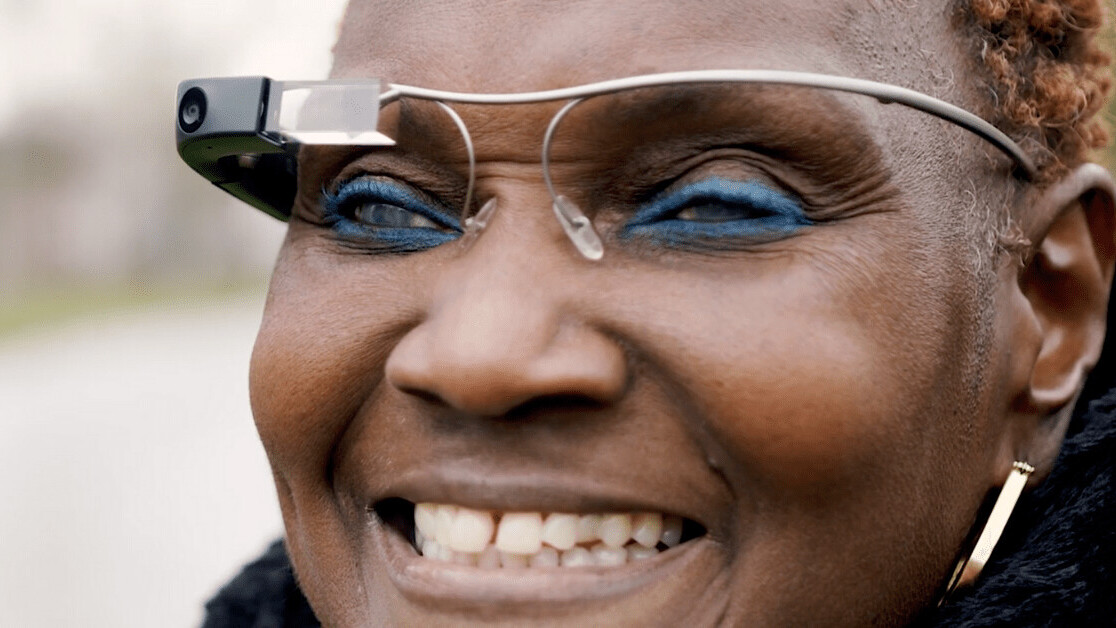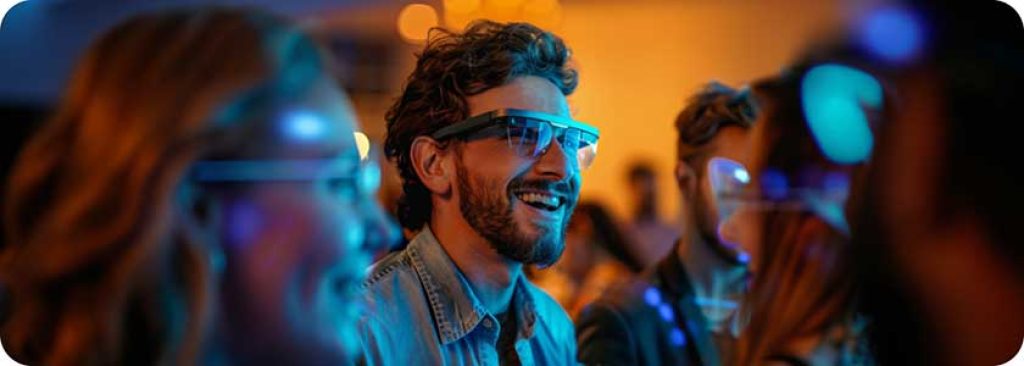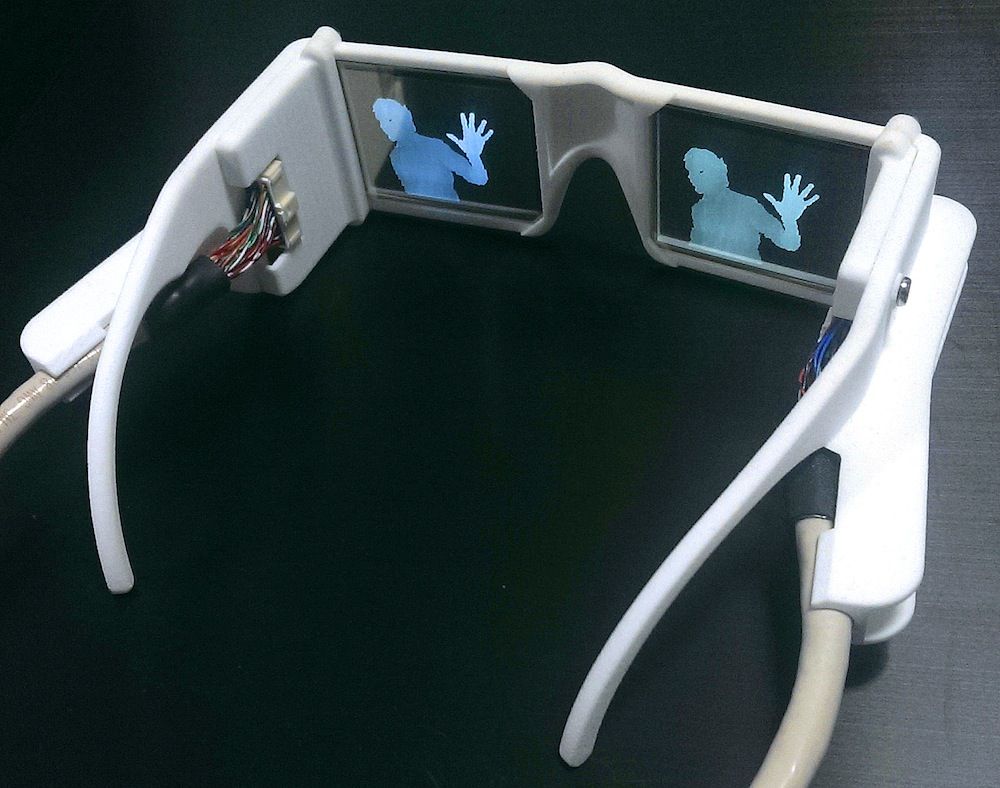Speech-to-Text Devices for Low Vision Users: Enhancing Communication and Productivity
Speech-to-Text Devices for Low Vision Users: Enhancing Communication and Productivity
Blog Article
Enhancing Accessibility Through Assistive Innovation for the Blind
The combination of assistive technology for the blind stands for a pivotal improvement in availability, fundamentally modifying exactly how individuals browse their settings and involve with culture. As we discover the diverse types of assistive tools and their concrete effects on daily living, it becomes important to analyze exactly how continuous technical advancements are reshaping the landscape of support for the blind community.
Review of Assistive Technology
Assistive innovation refers to a variety of gadgets and software program made to boost the capacities of individuals with specials needs, including those who are visually damaged or blind. This technology plays a critical role in advertising freedom and boosting the lifestyle for customers. By providing alternate techniques for accessing info and carrying out daily jobs, assistive modern technology encourages individuals to navigate their environments better.
The development and application of assistive innovation welcome a selection of principles focused on promoting availability. These concepts consist of user-centered design, which prioritizes the needs and preferences of the individual, and the combination of modern technology right into day-to-day activities. Such advancements guarantee that assistive gadgets are not just practical yet easy and also intuitive to use.
Additionally, assistive innovation includes a diverse spectrum of solutions, from low-tech alternatives like magnifiers to modern innovations such as display readers and Braille display screens. The ongoing advancement of this field is driven by the demand to resolve the special challenges dealt with by individuals with aesthetic disabilities (Wearable technology for low vision). As innovation continues to breakthrough, the potential for improving accessibility and promoting inclusivity stays encouraging, ultimately contributing to a more fair culture

Types of Assistive Devices
Various sorts of assistive devices are available to sustain people who are blind or visually impaired, each made to resolve specific requirements and obstacles. These devices can be broadly classified right into three major kinds: low-tech, mid-tech, and state-of-the-art remedies.
Low-tech devices consist of things such as magnifiers, Braille labels, and tactile maps. These are reasonably basic devices that enhance the individual's ability to communicate with their setting without requiring complicated modern technology.
Mid-tech gadgets typically entail much more innovative functions, such as electronic magnifiers and mobile Braille note-takers. These tools can provide functionalities like speech output, allowing customers to access information a lot more efficiently.

Influence On Daily Living
The schedule of different assistive devices substantially enhances the lifestyle for individuals who are blind or aesthetically impaired, influencing their day-to-day living in extensive means. By integrating innovations such as display visitors, Braille presents, and audio summary solutions into their regimens, users get greater autonomy and freedom. These tools help with accessibility to information, enabling individuals to do everyday tasks, such as reading emails, navigating public spaces, and delighting in media material.
Moreover, assistive tools equip people to involve even more completely in social communications and neighborhood activities. The ability to utilize smart devices equipped with accessibility attributes enables seamless interaction and link with others. This connection promotes a sense of official site belonging and reduces feelings of seclusion.
In specialist setups, assistive innovation supports productivity by permitting individuals to complete job jobs successfully. Tools like voice recognition software and specialized magnification tools enable customers to participate in the workforce on equivalent ground with their sighted peers.

Innovations in Modern Technology
Recent technological advancements have dramatically changed the landscape of tools available for people who are blind or visually damaged. The combination of synthetic knowledge (AI) and artificial intelligence has triggered applications that boost navigating and things recognition. As an example, smartphone applications can now make use of eye care specialists AI to determine and explain surroundings in real-time, giving customers with useful contextual info.
Additionally, improvements in haptic technology have actually led to the advancement of clever walking sticks outfitted with sensors that find obstacles and give responsive feedback. This equips customers to browse their atmosphere with boosted self-confidence and freedom. Technologies in text-to-speech software and braille displays have actually boosted the accessibility of digital material, enabling for smooth communication with numerous media.
Wearable modern technologies, such as smart glasses, are likewise making strides in helping aesthetic problems. These tools can provide augmented reality experiences, superimposing crucial information onto the user's field of vision. Jointly, these advancements not just enhance the lifestyle for individuals who are blind but also promote greater inclusion in society. As technology remains to progress, the possibility for much more transformative devices continues to be on the horizon.
Future Trends and Innovations
As modern technology quickly proceeds, the future of assistive tools for people that are blind holds enormous promise. Technologies in expert system (AI) and machine discovering are poised to reinvent the way blind customers communicate with their settings. For example, AI-driven applications are being developed to improve things recognition, allowing individuals to recognize and navigate their environments with better convenience and accuracy.
Furthermore, innovations in click here for more info haptic responses technology are allowing the development of responsive maps and navigating help that supply real-time details via touch. These innovations not only improve movement however likewise foster freedom. Additionally, wearable devices outfitted with increased fact (AR) attributes are arising, offering customers aesthetic info with audio summaries, therefore linking the void in between the physical and digital worlds.
Moreover, the combination of wise home innovation presents new possibilities for access, permitting people to manage their living atmospheres through voice commands or smartphone applications. As partnership between tech programmers and the blind area proceeds, the focus on user-centered design will certainly ensure that future innovations are customized to satisfy the distinct needs of this population (Wearable technology for low vision). The trajectory of assistive technology promises an extra comprehensive and empowering future for individuals that are blind
Verdict
In conclusion, assistive modern technology plays an important duty in improving accessibility for people with visual disabilities. Continual developments in modern technology and user-centered design make certain that these tools provide effectively to the special demands of the blind neighborhood.
The assimilation of assistive technology for the blind represents an essential advancement in availability, basically altering how people navigate their atmospheres and involve with society.Assistive innovation refers to a range of gadgets and software program designed to improve the abilities of people with handicaps, consisting of those who are blind or visually impaired. Wearable technology for low vision.As innovation swiftly proceeds, the future of assistive devices for people that are blind holds tremendous promise. The trajectory of assistive modern technology assures a more empowering and inclusive future for individuals who are blind
In conclusion, assistive technology plays an important duty in boosting accessibility for people with aesthetic problems.
Report this page